Story Blockchain Empowers Intellectual Property
1. Background
The Vast IP Market
As time progresses, more and more people are realizing the economic benefits of intellectual property (IP). IP has become an important asset class, covering a wide range of areas from software code and artistic works to scientific inventions.
Figure 1 Incomplete statistics and estimates of the global intellectual property market value (self-made)
Global Market Value: The value of the global intellectual property market reached approximately $180 billion in 2020, and it is expected to grow at an annual compound growth rate (CAGR) of about 8.5% from 2024 to 2028.
Growth of Patents and Trademarks: In 2020, the global number of patent applications exceeded 3.27 million, an increase of 1.6% from 2019. Trademark applications saw a significant increase, reaching approximately 17.1 million, with a growth rate of 13.7%. These increases indicate that despite the global economy being impacted by the pandemic, businesses and individuals are still actively using IP tools to drive innovation and expand their operations.
Regional Contribution: IP activity in Asia is very active, with Asia accounting for 64% of the total global patent applications in 2020. China has performed particularly well in this area, holding the largest share of global patent applications.
In the current context of a sluggish global economy and severe employment challenges, the continuous rise in global IP value, as well as the number of patents and trademarks, indicates that the center of intellectual property is gradually shifting to Asia, making the future of the IP market difficult to estimate.
Challenges in the Digital Age
However, as the IP market continues to grow, the complexity of IP management is also increasing. Traditional IP management models rely on centralized legal systems and manual verification, which appear inefficient and difficult to adapt in the rapidly evolving digital age. At the same time, traditional IP management faces issues such as easy infringement, difficult licensing, and low transparency. Different countries and regions have varying laws regarding IP, making it difficult to protect the rights of IP owners.
Insufficient Liquidity: Due to the lack of a unified platform, IP transactions and licensing require complex legal procedures, which are not only time-consuming but also lead to high costs.
Protection and Transparency Issues: In the United States alone, losses due to digital piracy amount to as much as $50 billion annually. Traditional legal protection methods struggle to track infringement and the processes of evidence collection and rights protection are complex.
Outdated Legal Systems: Existing IP legal systems are primarily designed for the physical world and do not match the demands of the digital age.
Faced with so many real-world problems, introducing IP tokenization into the blockchain, making it programmable and directly managed by IP owners, may be one of the solutions to these issues.
2. Story Project Overview
Project Vision
Story is a revolutionary IP management platform based on blockchain technology, dedicated to fundamentally changing the way narratives are created. Its core mission is to unlock a new way to create, manage, and license intellectual property (IP) on the chain, forming a "story legos" ecosystem that can be remixed and recombined. By providing a simplified framework, the Story Protocol supports the entire lifecycle from IP creation and management to licensing. This framework includes features such as source tracking, frictionless licensing, and revenue sharing, allowing creators to create more freely and benefit from their work. Additionally, the platform allows anyone to contribute to and remix existing creations, ensuring that the value of these contributions can be captured and distributed.
Development History
Initial Vision and Founding (Early 2022): The Story Protocol was founded in early 2022, bringing together blockchain technology experts, legal advisors, and leaders in the creative industry. The goal was to develop a platform that could support global creators and businesses in managing and commercializing their creative assets.
Technical Development (Mid-2022): The team focused on building a vertically integrated technical solution to support complex IP data structures and decentralized management models.
Creative Proof Protocol (Early 2023): The Story Protocol launched its flagship Creative Proof Protocol. Creators can register, verify, and protect their creative works on the platform, and achieve automatic royalty payments and licensing management through the protocol.
Financing and Expansion (2023-2024): The Story Protocol went through three rounds of financing, securing investments from dozens of top VCs, including a16z, raising over $150 million.
Figure 2 Story Development Timeline (self-made)
3. Story Network------A Universal Layer 1 Blockchain
Story Network is a universal Layer 1 blockchain specifically designed to efficiently handle complex data structures, particularly those related to intellectual property (IP). This network is based on a combination of the Ethereum Virtual Machine (EVM) and Cosmos SDK, leveraging the advantages of both to achieve high performance and flexibility in IP operations.
Combination of EVM Compatibility and Cosmos SDK
EVM compatibility allows Story Network to provide the same code execution environment as Ethereum, meaning developers can directly port existing Ethereum applications written in Solidity to Story Network without extensive modifications. This compatibility significantly reduces development costs and shortens development time, enabling developers to quickly leverage the features of Story Network to build and deploy applications. The implementation of EVM compatibility lays the foundation for the rapid development of the Story Network ecosystem.
Additionally, Story Network employs Cosmos SDK as its underlying framework to enhance the network's scalability and transaction efficiency. Cosmos SDK provides efficient consensus mechanisms and cross-chain interoperability, allowing Story Network to maintain low latency and low costs while processing a large number of transactions. This design enables Story Network to support complex IP data processing and interoperate with other blockchains, providing developers and users with a broader range of application scenarios.
Complex Data Processing Capabilities
The complexity of IP primarily lies in its multi-layered relationships and interactions. For example, a creative asset may involve multiple creators, versions, and derivative works. These complex graphical data structures pose new challenges for blockchain technology. Traditional Layer 1 blockchains struggle to efficiently manage and process these complex relational networks, especially when dealing with countless parent-child relationships, which can lead to data inconsistencies.
To address this issue, Story Network introduces a graph data storage mechanism in its execution layer. Through this mechanism, Story Network can quickly and cost-effectively traverse large IP relational networks, ensuring that the relationships and royalty distributions of each creative asset can be accurately tracked and managed. This innovation enables Story Network to support a wide range of IP management and commercialization use cases, such as automatic licensing, royalty payments, and dispute resolution.

Figure 3 Story Network Diagram (self-made)
4. Proof-of-Creativity Protocol
One of the cores of Story Network is its innovative Proof-of-Creativity protocol, which provides foundational support for the digitization and automated management of IP. By being natively integrated into Story Network, the Proof-of-Creativity protocol enables permissionless licensing, automatic royalty payments, and other features, offering a new decentralized approach to intellectual property management for global creators and businesses. 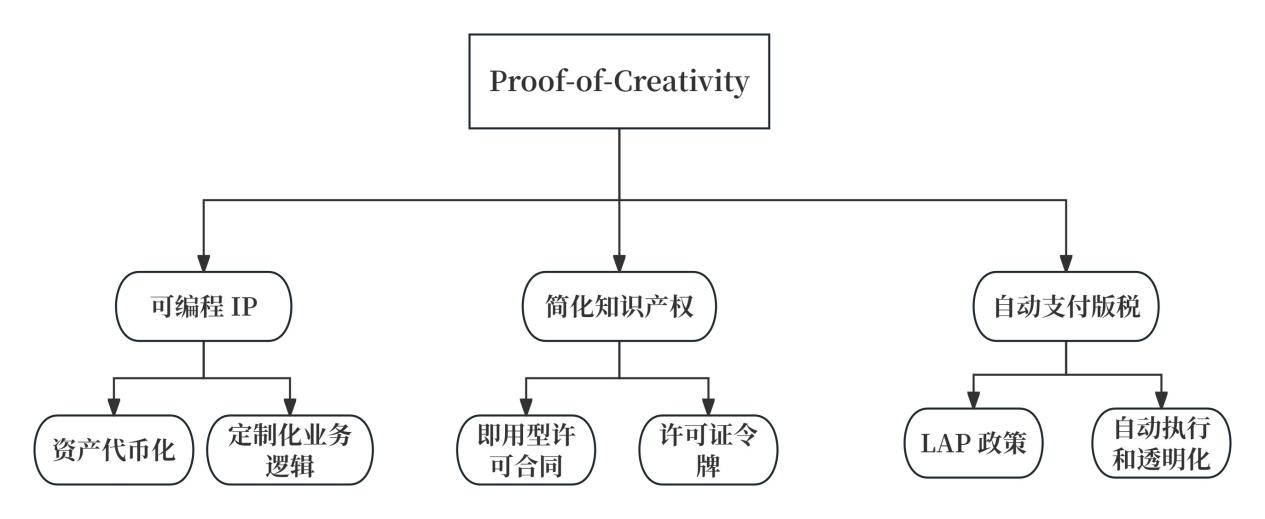
Figure 4 Proof-of-Creativity Process (self-made)
A New Era in Intellectual Property Management
On Story Network, programmable IP becomes a reality. IP is no longer just static legal terms and contracts, but can take autonomous actions as smart contracts. This programmability brings automation, transparency, and reliability to IP management, making management structures more efficient and convenient.
The realization of programmable IP is based on two key pillars: asset tokenization and module-driven interactions.
Asset Tokenization: On Story Network, any creator can register their creative assets as on-chain IP assets. These IP assets exist in the form of non-fungible tokens (NFTs), representing real-world intellectual property and stored in a comprehensive registry. This on-chain record not only ensures the uniqueness and immutability of each IP but also provides creators with transparent proof of ownership.
Customized Business Logic: Story Network is not just a platform for storing IP assets. Each registered IP asset is equipped with its own IP account, which implements complex interactions and business logic through modules. Modules are functional units similar to Lego blocks, supporting permissionless licensing, automatic royalty payments, and more. In addition to pre-configured licensing, royalty, and dispute resolution modules, developers can also create custom modules to meet advanced business needs.
Simplifying the Use and Licensing of Intellectual Property
In traditional IP management, licensing is often a complex and costly process. The Proof-of-Creativity protocol simplifies this process through pre-configured licensing modules, making licensing efficient and easy to manage.
Ready-to-use Licensing Contracts: Story provides ready-to-use licensing contracts similar to Y-Combinator SAFE templates. These pre-configured contracts cover all media types, allowing creators to define and attach custom licensing terms in seconds. This simplified process greatly reduces the complexity of licensing, enabling creators to commercialize their works more quickly.
License Tokens: Story Network uses license tokens to manage licensing, which are digital assets representing licenses. Anyone can obtain a license token to create derivative works, accompanied by the creator's preferred licensing terms. The use of license tokens not only simplifies the licensing process but also creates new use cases, such as license token trading (IPFi), providing new avenues for the financialization of intellectual property.
Automatic Royalty Payments
Royalty payments are a crucial part of the commercialization of intellectual property. The Proof-of-Creativity protocol ensures the automation and transparency of royalty payments, achieving secure and reliable royalty distribution through blockchain technology.
Liquid Absolute Percentage (LAP): Story defines how to share revenue in the derivative chain through the LAP policy. Each IP asset can choose downstream distributions of royalties, meaning that the revenue from each derivative work will be automatically allocated to the original creator according to a predefined ratio.
Automated Execution and Transparency: Since all royalty calculations and payment operations occur on the blockchain, these processes are error-resistant and not subject to interference from third parties. Creators can ensure that their income arrives on time, addressing common delays and disputes in traditional royalty payments. This automated mechanism provides reliable cash flow support for creators.
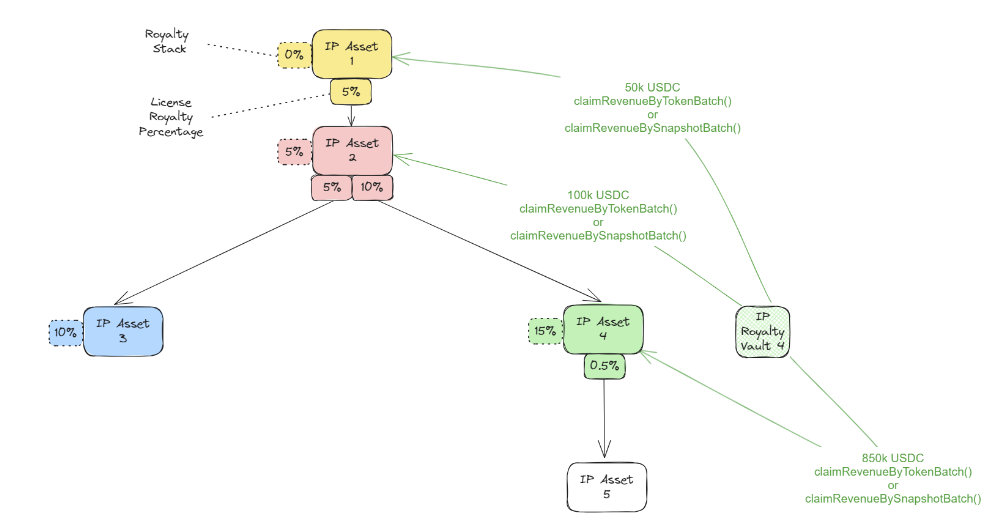
Figure 5 Using Liquid Absolute Percentage Royalty Policy (official website)
5. Programmable IP License
The Programmable IP License (PIL) is a core innovation of Story Network, enabling intellectual property to be introduced to the blockchain, bringing on-chain liquidity and programmability to a multi-trillion dollar asset class.
Linking Blockchain with Real-World Law
On Story Network, intellectual property is not just a digital term but a programmable smart contract. Story Network plays a role similar to USDC in relation to fiat currency, bringing real-world intellectual property onto the blockchain through tokenization and a universal licensing protocol. This process is not merely about simple asset tokenization but involves a bidirectional connection that tightly links on-chain assets with real-world legal systems. In this process, PIL acts like a "Y-Combinator SAFE" for intellectual property, providing legal protection and ensuring that creators maintain control over their works. Through this approach, Story Network provides a secure and reliable legal foundation for on-chain management of intellectual property.
Universal Licensing Protocol
More precisely, PIL is a universal licensing protocol that allows IP owners to set rules for the use of their intellectual property. Through PIL, creators can easily set the conditions for the use of their works without needing complex legal procedures. PIL offers a range of pre-configured options that creators can choose from and customize according to their needs.
Non-commercial Social Remixing: Allows others to remix the IP into their works and distribute these remixed works, but does not allow resale or commercialization.
Commercial Use: Allows others to purchase usage rights at a set price, which can be used for showcasing or publishing works, but prohibits resale or creating commercial remixes.
Commercial Remixing: Based on commercial use, allows others to create remixes and distribute them, while setting a percentage for sharing commercial revenue.
In addition to pre-configured options, PIL also supports custom licensing agreements, allowing developers to easily attach and parameterize these licensing agreements through Story Network's SDK. 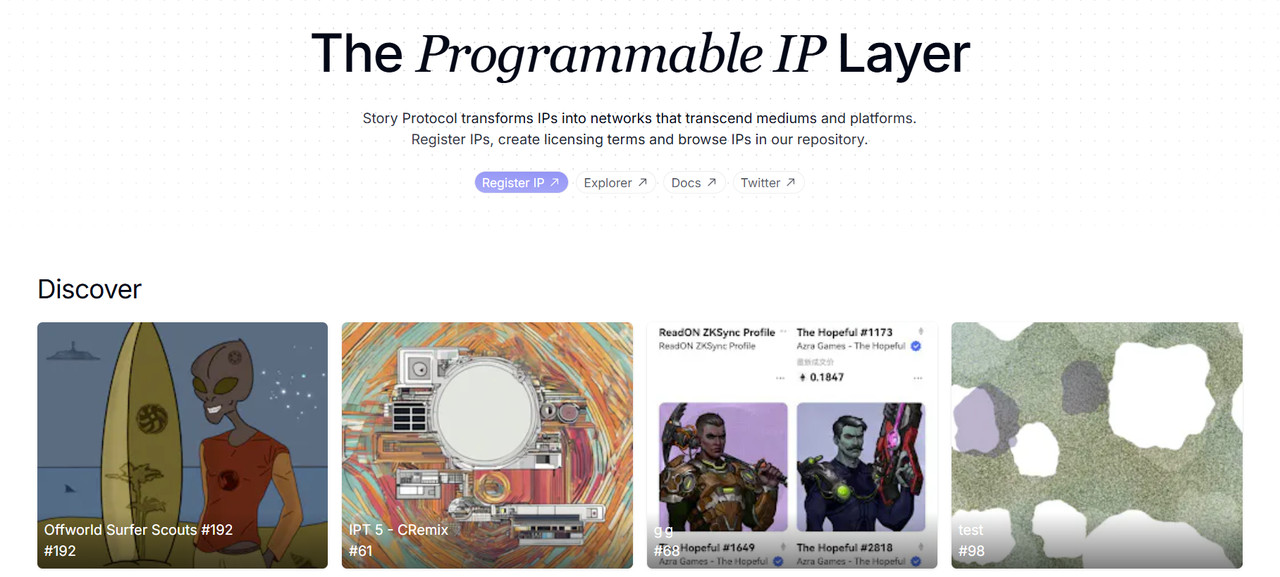
Figure 6 Programmable IP Official Website Image (official website)
6. Application Implementation
Builder Program: Story Academy
A mature blockchain ecosystem must have a rich array of applications. Story Network has established Story Academy—a program specifically designed for builders and innovators, aimed at supporting, guiding, and accelerating innovative projects built on Story Network. This program provides comprehensive technical support, marketing strategies, funding, and investor networks to help entrepreneurs realize their dreams.
With the support of Story Academy, several projects such as Magma, Mahojin, Sekai, and Ablo have successfully applied Story Network's related protocols.
Magma: A Collaborative Design Tool
Magma is a collaborative online design tool suite supporting over 2 million users, allowing creatives to collaborate in real-time. Through Story's tokenized IP solution, creatives can easily register their works as IP assets and set usage terms through PIL (Programmable IP License). 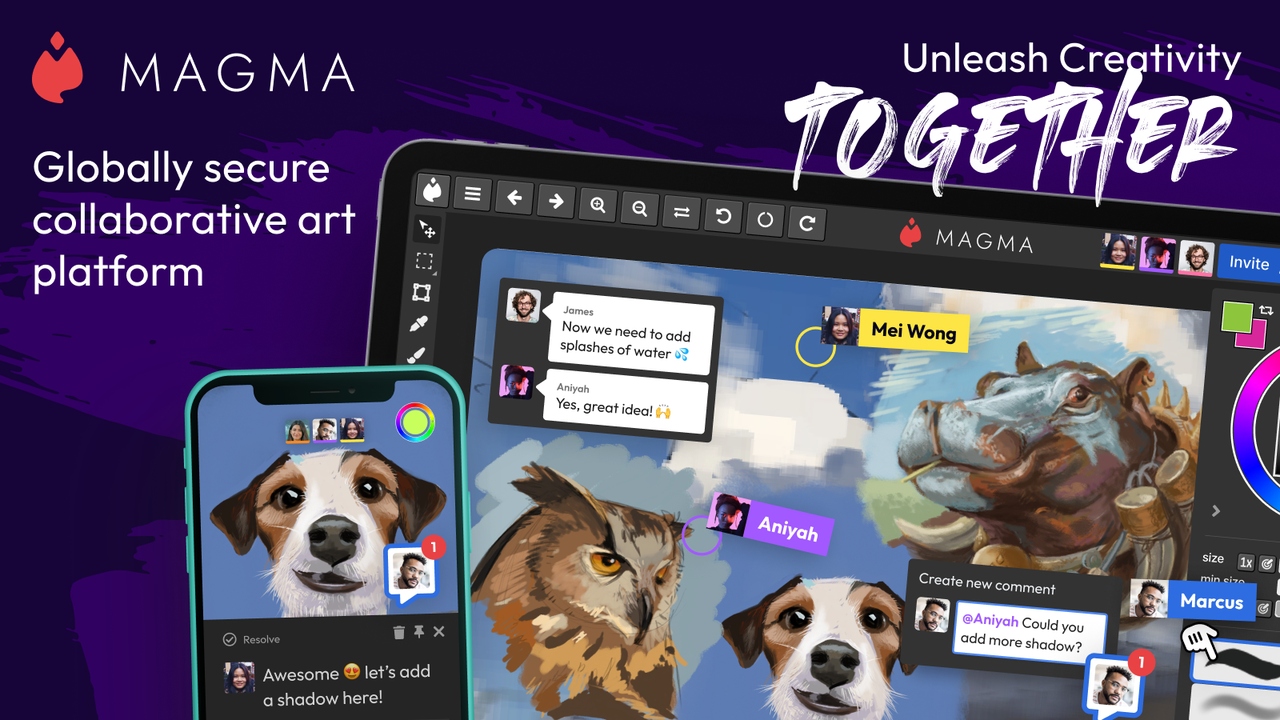
Figure 7 Magma Official Website Image (official website)
Mahojin: IP Tokenization of AI Training Data
Mahojin focuses on the IP tokenization of AI training data, models, and outputs. Data owners can register their datasets as IP assets on Story and set licensing terms. This mechanism ensures that AI model creators can quickly and cost-effectively obtain high-quality training data while protecting the rights and interests of data providers. 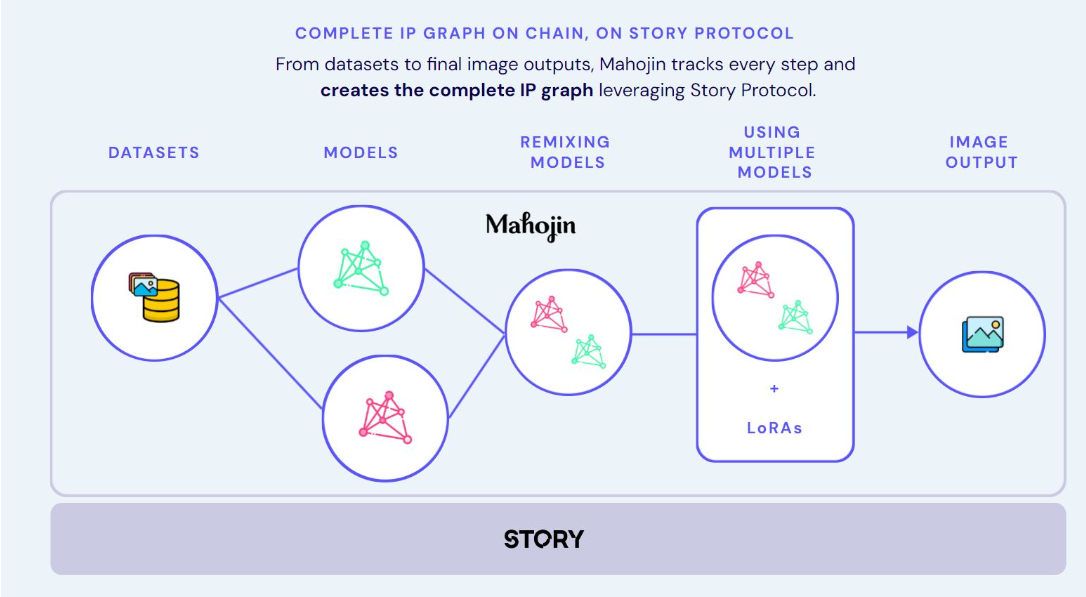
Figure 8 Mahojin Combining with Story Illustration (official website)
7. Conclusion
The IP field has a vast market waiting to be explored, and Story has laid out its strategy in advance, gaining a certain first-mover advantage.
Story Network has attracted capital attention, raising over $120 million in total financing.
Story mainly consists of three parts: a universal Layer 1 blockchain, the Proof-of-Creativity protocol, and programmable IP licenses.
The Story project has performed well in financing, technology, and implementation, but the IP market is still immature and requires time to be tested.











